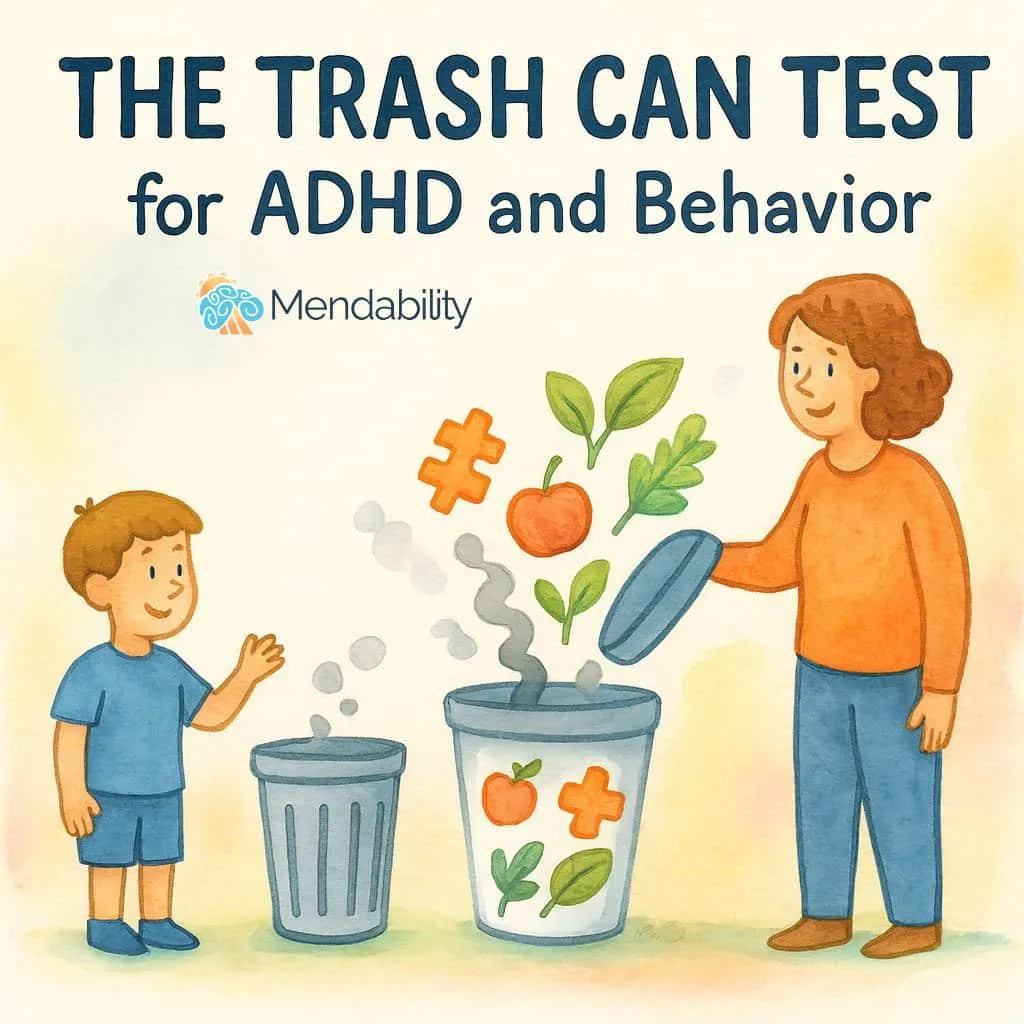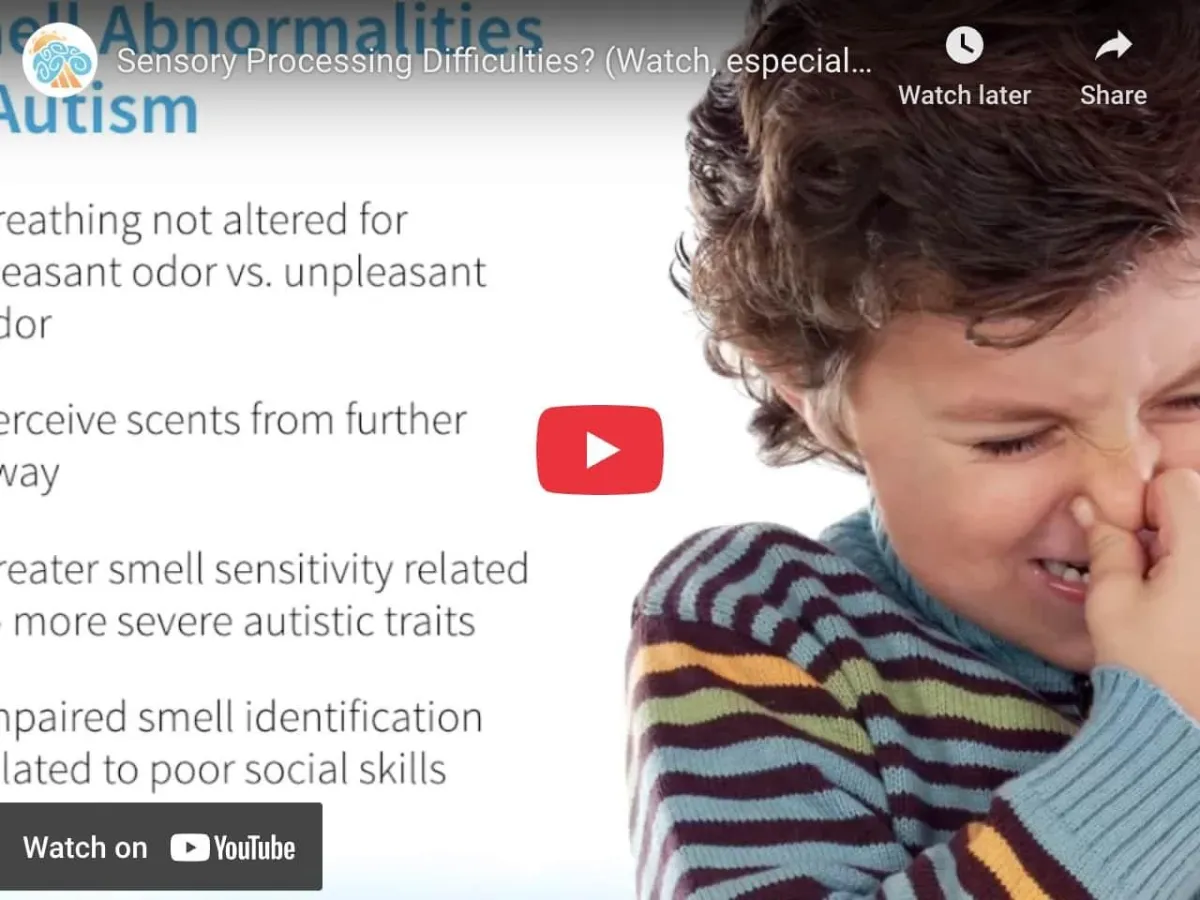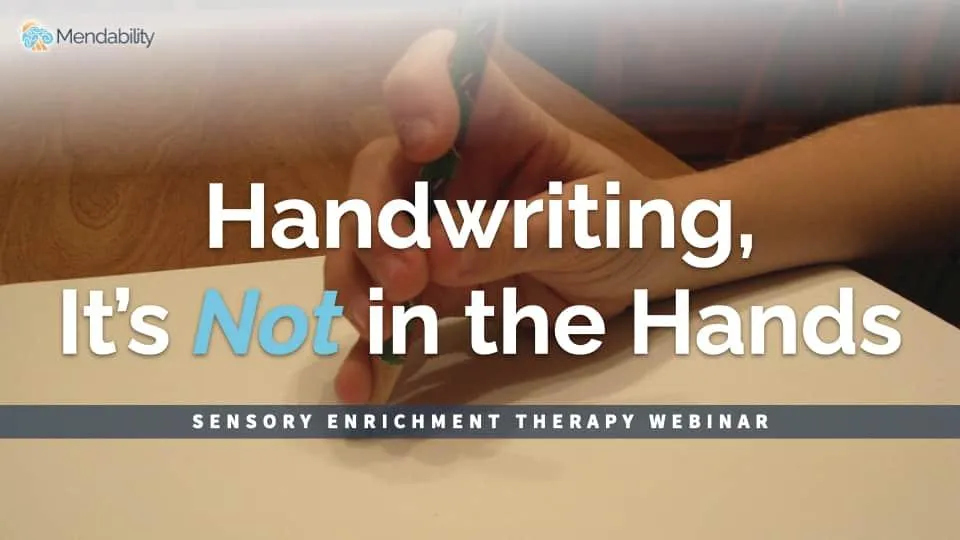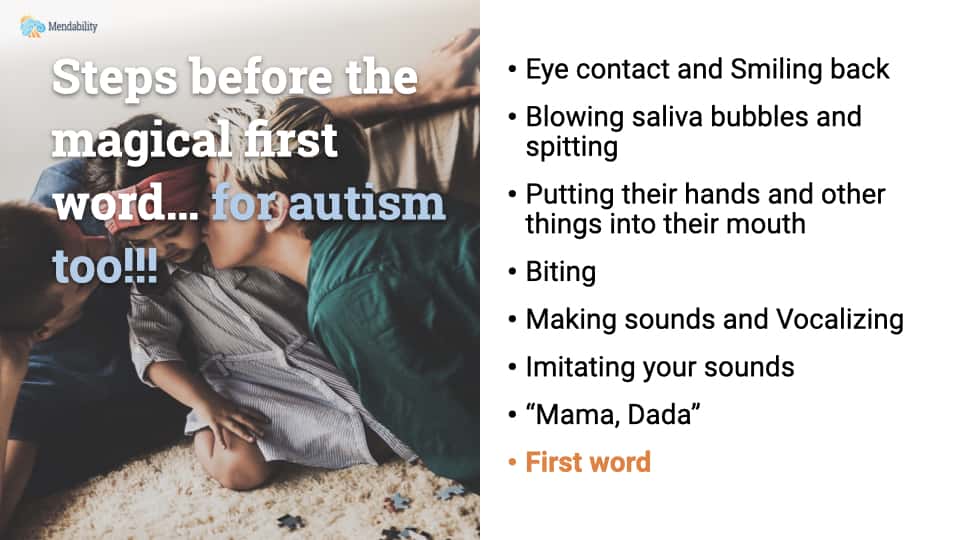
The Trash Can Test for ADHD and Behavior
Table of Contents
When Your Child’s Brain Is Carrying Too Much 1
The Trash Can Test and What It Reveals 2
Why Some Brains Empty Slowly and Overflow Quickly 3
The Gut–Brain Highway: How the Trash Can Affects Thinking 4
Sometimes, progress doesn’t come from adding more therapies, more tools, or more schedules — it comes from removing what’s getting in the way.
If you’ve ever noticed your child doing well for a few days, only to see their focus vanish, their emotions spike, or their sleep fall apart after a single birthday party or illness, you’ve experienced what our guest Dana Kay calls the Trash Can Test.
It’s a simple, visual way of understanding your child’s ability to process and eliminate the everyday toxins and inflammatory triggers that, when left to build up, can overload their brain.
This isn’t just about ADHD.
In autism and other neurological conditions, the same capacity-versus-load problem can silently stall progress.
When Your Child’s Brain Is Carrying Too Much
Think of your child’s body like a kitchen with a small trash can.
On a calm day, the can might handle the waste without trouble.
On a hectic day — too much food prep, guests, and extra cleanup — it fills fast, and soon bits are spilling onto the floor.
Dana uses this image to help parents see the hidden burden their child’s system is carrying:
“We’re not all born with the same types of emptying strategies, called detoxification pathways. If your pathways aren’t working well, the trash builds up, overflows, and causes inflammation that travels to the brain.”
In neuroscience, that “overflow” is called neuroinflammation, and it’s not rare.
Studies show it’s present in ADHD (Frontiers in Neuroscience) and is a major factor in autism (Translational Psychiatry)
Inflammation can derail attention, working memory, and emotional control.
If your child’s trash can is already full from diet, environment, or stress, even a small new input — a cupcake with dye, a late bedtime — can push them over the edge.
The Trash Can Test and What It Reveals
The Trash Can Test isn’t a medical test — it’s an observational tool.
It asks two questions:
How big is my child’s trash can? (capacity)
How fast can they empty it? (detox speed)
Children with a small, slow-emptying can react more dramatically and recover more slowly from triggers.
Children with a larger, fast-emptying can can handle more load before showing symptoms.
You can start to “score” your child informally by watching patterns:
Do they rebound quickly after big days or meals?
Do they crash for days after small exposures?
Over time, you’ll begin to see whether your focus should be on reducing load, improving capacity, or both.
Why Some Brains Empty Slowly and Overflow Quickly
Some kids start with limited detox capacity because of their genetic makeup.
Dana points to three genes — GSTT1, GSTM1, GSTP1 — that help produce glutathione S-transferases, enzymes critical for tagging and removing toxins (Biochim Biophys Acta).
When those genes are missing or underactive, the trash can lid is half-closed.
But genetics isn’t the only factor.
The “lid” can get sticky from:
Chronic gut inflammation
Overuse of antibiotics
Environmental toxins (pesticides, heavy metals)
Poor nutrition
Lack of restorative sleep
All of these factors are more common in neurodivergent kids, which means their trash cans are often small to begin with and also fill faster than average.
The Gut–Brain Highway: How the Trash Can Affects Thinking
The gut is where much of the trash is generated and processed.
It’s also where 80% of the immune system lives and where 95% of serotonin and about half of dopamine are made (Harvard Health).
“If your gut isn’t functioning well, your brain can’t function well either,” Dana says.
When the gut barrier is compromised — by gluten sensitivity, certain infections, or processed food diets — inflammatory molecules can travel along the vagus nerve straight to the brain.
Parents often see this in real life: a child eats certain foods and hours later is irritable, distracted, or hyper-sensitive to noise and touch.
It’s not a “mood swing” in isolation — it’s the gut signaling the brain that the can is getting full.
Clearing the Can: Small, Powerful Steps
You don’t have to do everything at once to see changes.
Dana suggests focusing first on the biggest contributors to overflow:
Gluten – Can increase gut permeability and immune activation (Gastroenterology).
Dairy (casein) – Hard to digest for some; may produce inflammatory byproducts.
Artificial colors and flavors – Linked to behavioral changes in sensitive children (Clinical Pediatrics).
“It’s tempting to do a kitchen overhaul on Day 1. Don’t. Pick one change, make it stick, then add the next. Rome wasn’t built in a day.”
Once you’ve lowered the inflow, widen the lid:
Berries, cruciferous vegetables, leafy greens
Fatty fish or fish oil supplements
Probiotics and magnesium
Vitamin D (especially if you live in a low-sunlight area)
The aim is to give the brain’s “waste management system” the raw materials and conditions it needs to work efficiently.
Why Reducing the Load Unlocks Real Change
When the trash can isn’t overflowing, therapies and learning click faster.
Dana tells the story of two brothers with ADHD who had 36 school suspensions in one year.
After reducing their toxic load and adding targeted nutritional support, they had zero suspensions the next year — and both jumped back to grade level in reading.
“First calm the body — then all the other therapies can land. When inflammation is high, the brain can’t receive inputs correctly.”
This principle is exactly why families in Sensory Enrichment Therapy often see progress accelerate after making simple dietary and lifestyle changes.
When the nervous system is calmer, it’s easier to integrate new skills, whether that’s managing transitions, improving sleep, or handling sensory input.
For children with autism or ADHD, reducing the load isn’t just about avoiding bad days — it’s about creating the conditions for lasting neurological growth.



